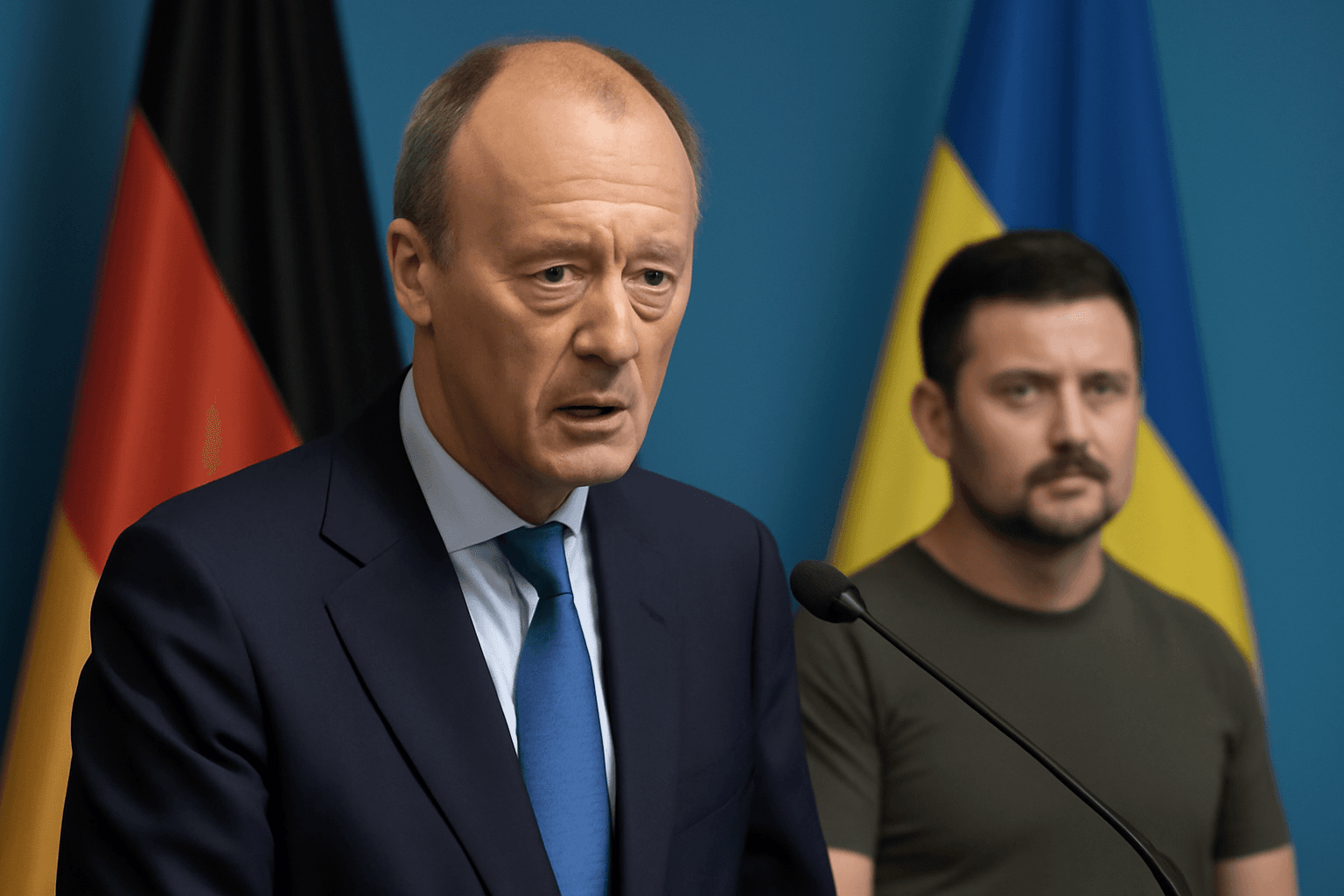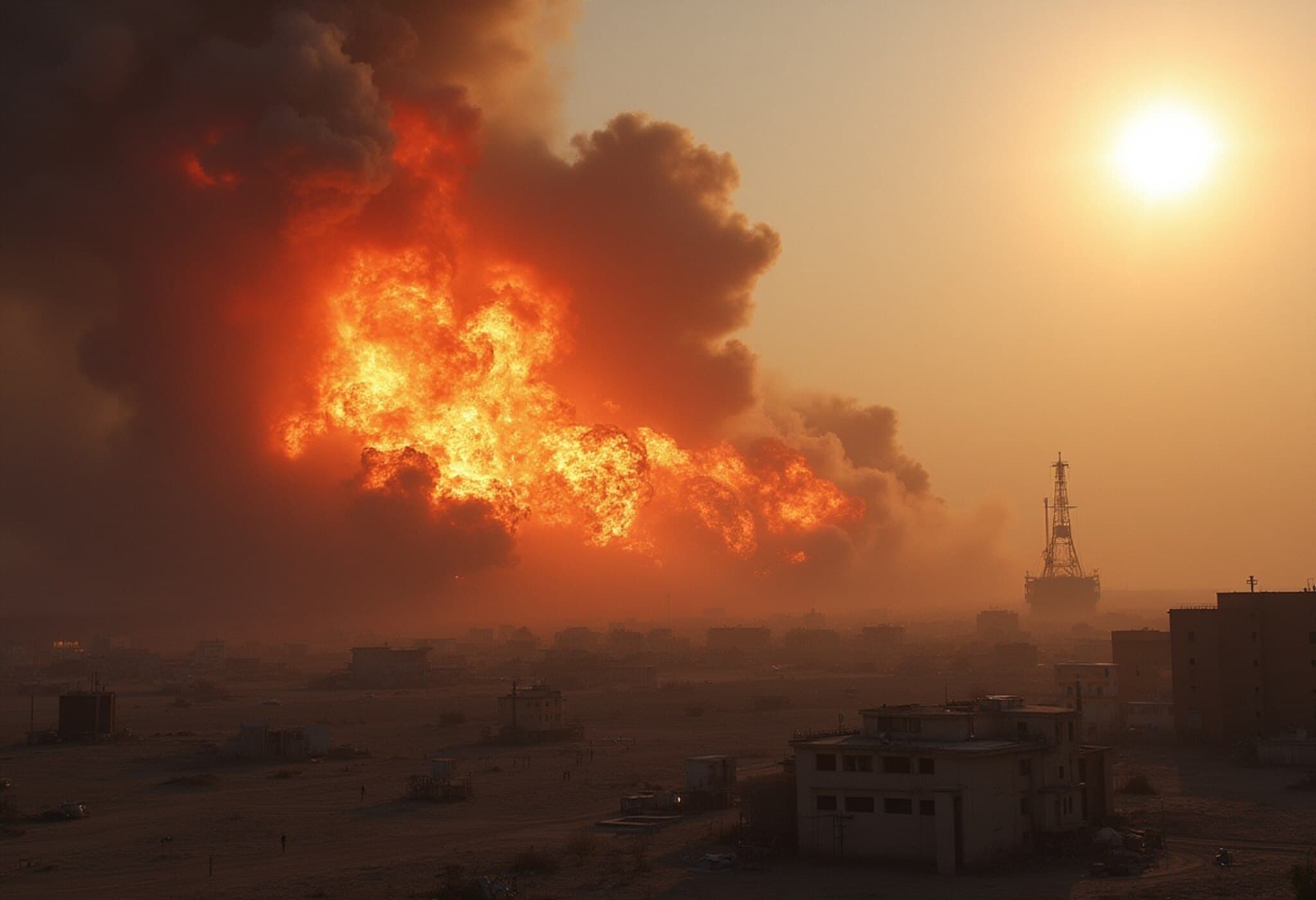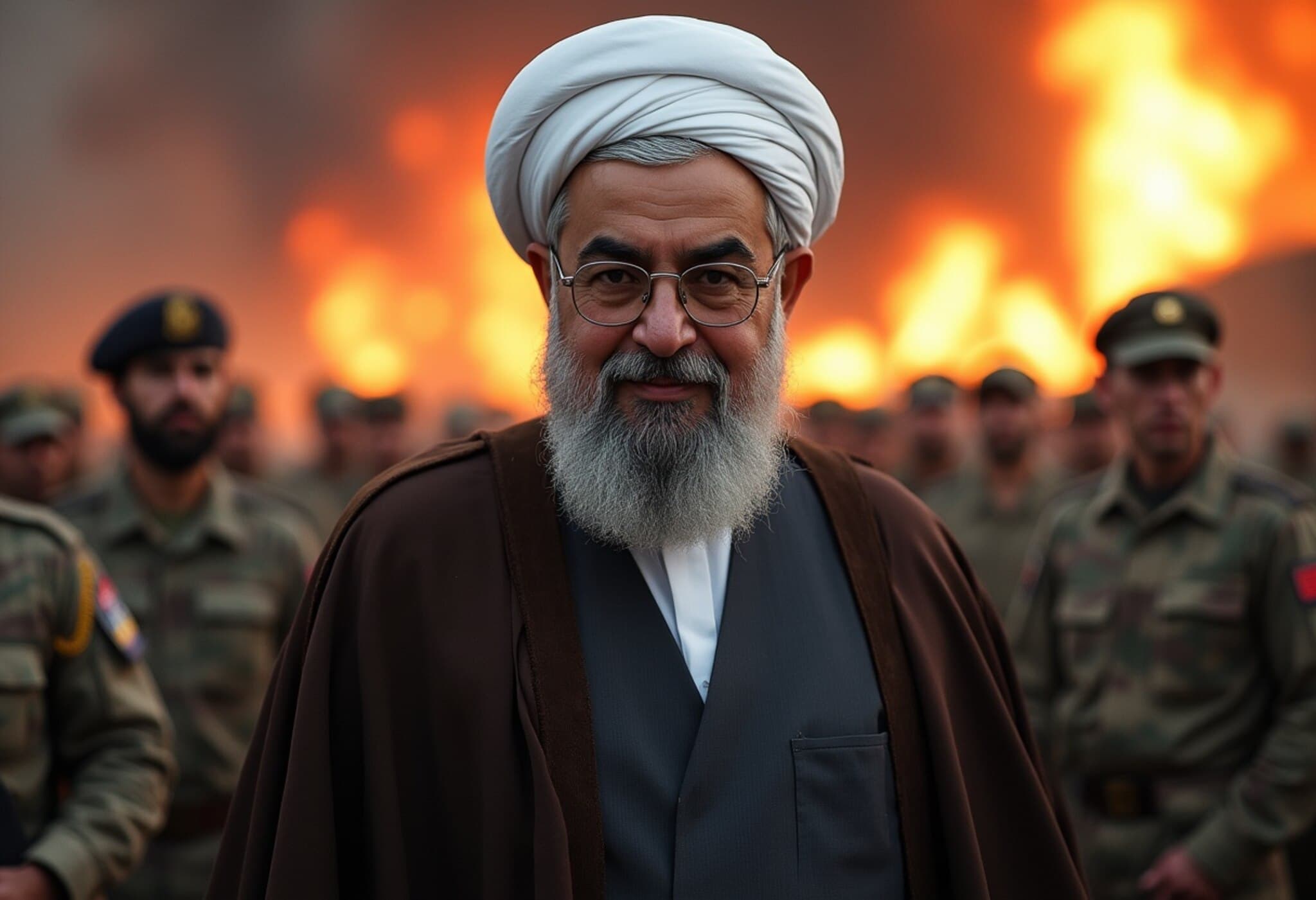Iran's Parliament Endorses Potential Closure of Strait of Hormuz
In a bold move escalating regional tensions, Iran’s parliament has backed a resolution to close the Strait of Hormuz, a critical maritime chokepoint through which nearly 20% of the world’s oil supply passes. This development comes amid rising hostilities following recent attacks on Iranian nuclear sites. However, despite Tehran’s defiant rhetoric, experts caution that the prospects of an actual shutdown remain slim.
Why Closing the Strait Would Be a High-Stakes Gamble
The strategic importance of the Strait of Hormuz can hardly be overstated—it serves as the sole sea outlet from the Persian Gulf to the open ocean and is vital for global energy security. A full closure or even a partial disruption would have profound ripple effects, hitting multiple oil-producing neighbors and a range of trading partners, notably China, which absorbs the majority of Iran’s oil exports.
Energy analyst Vandana Hari underscores the high cost for Iran, saying the country would risk alienating neighboring Gulf states and damaging its own economic interests in Asia. "There’s very little to gain and a great deal of self-inflicted harm for Iran," she explains.
Regional and Global Repercussions
- Neighboring countries at risk: Saudi Arabia, UAE, Kuwait, and Qatar would face severe export disruptions.
- Global oil supplies: Over 17 billion barrels of oil could be taken off the market.
- Natural gas impacts: Qatar’s LNG exports—accounting for about 20% of the world’s supply—could be drastically reduced.
- Limited alternatives: Pipeline capacities in Saudi Arabia and the UAE cannot compensate for the maritime volume, which totals around 20 million barrels daily.
The Calculated Risks Behind Tehran’s Threat
Despite the parliament’s approval, Iran’s national security council holds the decisive power to implement a closure. Experts argue that Iran is unlikely to enforce a total shutdown. Instead, they anticipate a calculated approach, potentially involving partial blockades using small boats or maritime mines.
Andrew Bishop, a global policy researcher, suggests Iran might aim to disrupt oil flows just enough to nudge prices upward and exert pressure on the U.S. without provoking a severe retaliatory strike against its infrastructure or oil production. Indeed, the risk of drawing harsh responses from determined U.S. and Israeli forces remains a strong deterrent.
China’s Pivotal Role
Given China’s heavy reliance on Gulf oil—including Iran’s exports—it has a vested interest in maintaining stability. Strategic experts note China would prefer de-escalation over conflict, as any disruption jeopardizes its energy security and economic growth.
Market Reaction and Price Outlook
So far, commercial shipping through the Strait of Hormuz remains uninterrupted, signaling no immediate crisis. Yet analysts warn that even the threat of closure can send ripples through global markets. Gas prices in the U.S. could edge up to around $3.35 to $3.50 per gallon, from a recent national average near $3.14.
Goldman Sachs factors in a geopolitical premium of approximately $12 per barrel for oil prices due to heightened tensions. Should oil flows decrease by half over a month, followed by a sustained 10% drop, Brent crude could briefly surge to near $110 per barrel. Presently, Brent futures hover around $78.95, with WTI futures near $75.75.
Looking Ahead
While Tehran’s parliament has taken a provocative stance, the practicalities suggest a full-scale closure of the Strait of Hormuz remains unlikely. Instead, Iran might opt to use the partial disruptions as leverage in geopolitical negotiations, risking its relationships with key partners and neighbors.
The global energy landscape watches closely, balancing the precarious stability of a waterway fundamental not only to the Middle East but to worldwide markets.



















